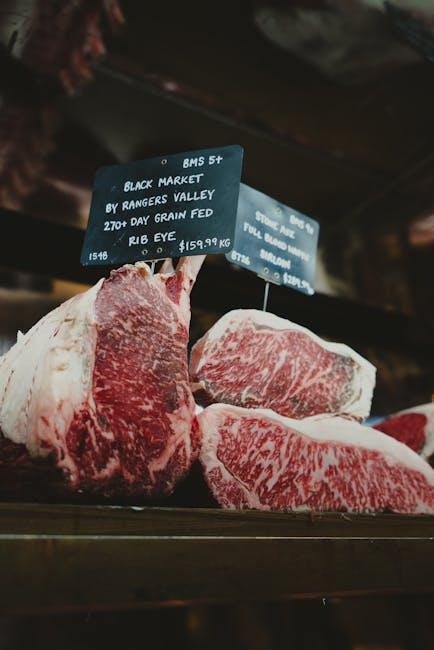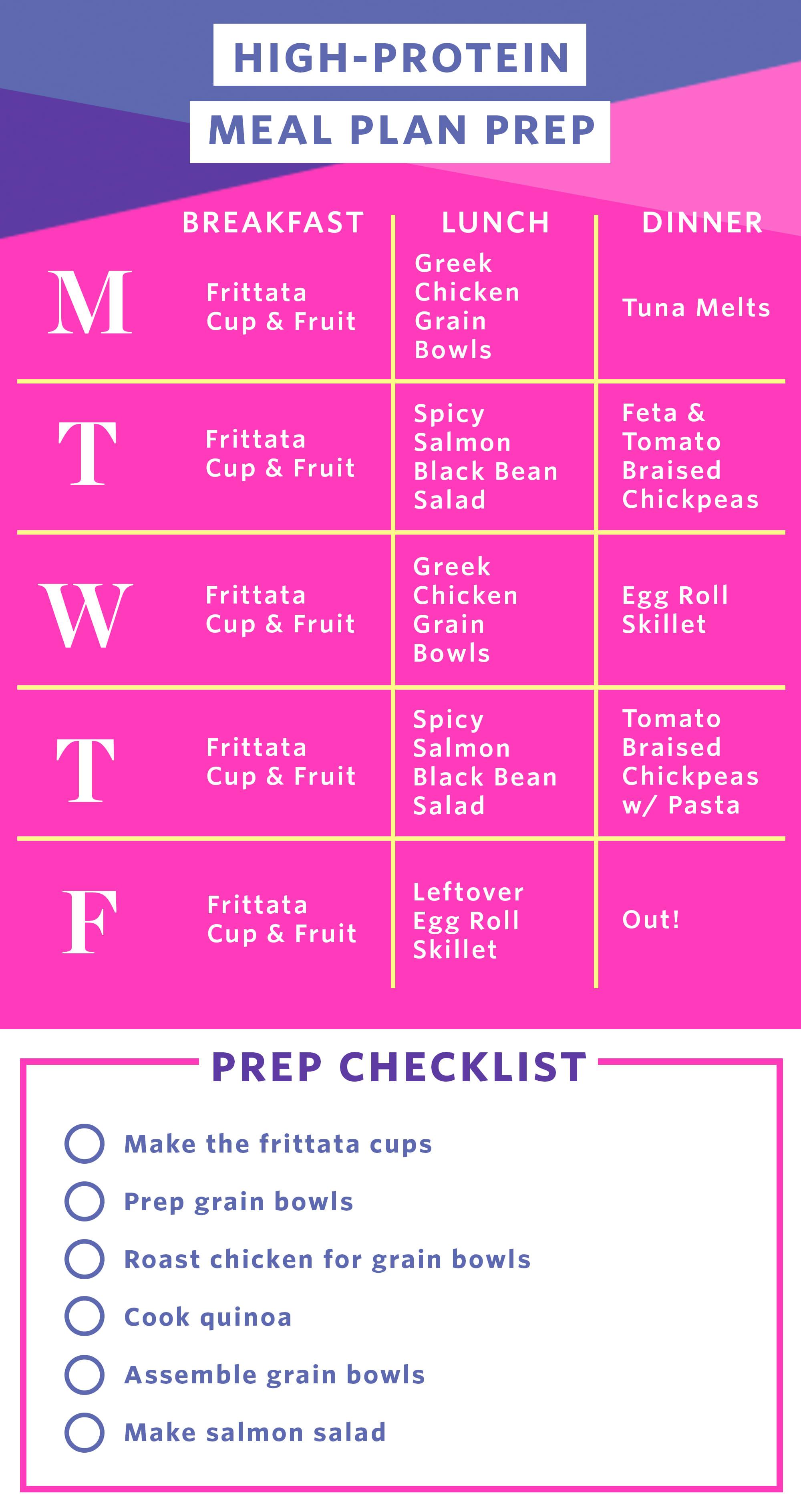In an era where health consciousness is at the forefront of lifestyle choices, the pursuit of effective weight management strategies has never been more relevant. Among the myriad of dietary approaches available, high protein diets have emerged as a compelling option for those aiming to slim down efficiently. This article, “,” delves into the scientific underpinnings and practical applications of these diets, offering a comprehensive roadmap for individuals seeking to harness the power of protein for weight loss. With a confident analytical lens, we will explore the physiological mechanisms by which protein aids in weight reduction, assess the benefits and potential drawbacks, and provide evidence-based recommendations to optimize your slimming journey. Whether you’re a novice dieter or a seasoned health enthusiast, this guide aims to equip you with the knowledge and tools necessary to make informed dietary choices that align with your slimming goals.
Understanding Proteins Role in Weight Management
Proteins are the unsung heroes in the quest for weight management, offering benefits that extend far beyond simple muscle repair. When incorporated into a diet, they serve as a powerful tool in regulating hunger hormones, reducing appetite, and increasing satiety. This, in turn, leads to a natural reduction in calorie intake. A high-protein diet not only aids in curbing cravings but also boosts metabolism through the thermic effect of food, where the body burns more calories digesting proteins compared to fats or carbohydrates.
Key advantages of protein in weight management include:
- Increased Satiety: Proteins take longer to digest, helping you feel full longer and reduce overall calorie consumption.
- Muscle Preservation: Essential for maintaining muscle mass during weight loss, which in turn supports a higher metabolic rate.
- Enhanced Metabolic Rate: Higher protein intake has been shown to increase the number of calories burned due to the energy required for digestion and absorption.
Essential High-Protein Foods for Effective Slimming
Incorporating high-protein foods into your diet can be a game-changer when it comes to slimming down effectively. Lean meats, such as chicken breast and turkey, are excellent sources of protein that help build muscle and burn fat. Fish, like salmon and tuna, not only provide protein but are also rich in omega-3 fatty acids, which support metabolic health. For those who prefer plant-based options, legumes like lentils and chickpeas offer a hefty dose of protein and fiber, keeping you full longer and aiding in weight management.
- Eggs: A versatile and nutrient-dense option, perfect for any meal of the day.
- Greek Yogurt: Packed with protein and probiotics, it’s an excellent choice for breakfast or a snack.
- Nuts and Seeds: Almonds, chia seeds, and hemp seeds provide a crunchy protein boost with added healthy fats.
Incorporating these foods into your meals can significantly enhance your slimming efforts by boosting metabolism and preserving lean muscle mass. Aim to balance your protein intake throughout the day to maximize these benefits and achieve your weight loss goals with confidence.

Crafting a Balanced High-Protein Meal Plan
Creating a meal plan that is rich in protein while maintaining balance is key to effective slimming. A well-rounded high-protein diet should not only focus on protein sources but also incorporate essential nutrients from various food groups. Prioritize lean proteins such as chicken breast, turkey, fish, tofu, and legumes, which are excellent for building muscle and keeping you satiated. Pair these with a variety of vegetables and whole grains to ensure you’re getting a wide range of vitamins, minerals, and fiber.
- Incorporate whole grains: Quinoa, brown rice, and whole wheat pasta can complement your protein intake and provide necessary carbohydrates.
- Add colorful vegetables: Think spinach, bell peppers, and broccoli for a vibrant array of nutrients and antioxidants.
- Healthy fats are crucial: Include sources like avocados, nuts, and olive oil to help with nutrient absorption and satiety.
Strategize your portions to ensure that each meal is balanced. Aim for a plate composition of 40% protein, 40% vegetables, and 20% whole grains. This not only supports weight loss but also helps maintain energy levels throughout the day. Remember, a high-protein meal plan doesn’t mean sacrificing flavor or variety; it’s about making informed choices that fuel your body effectively.

Avoiding Common Pitfalls in High-Protein Diets
When embracing a high-protein diet, it’s crucial to navigate around some common pitfalls to ensure your efforts are effective and sustainable. One major misstep is neglecting variety. Relying solely on one or two protein sources can lead to nutrient imbalances. Diversify your protein intake by including:
- Lean meats like chicken and turkey
- Fish such as salmon and tuna
- Plant-based options like lentils, beans, and quinoa
- Dairy products such as Greek yogurt and cottage cheese
- Nuts and seeds for added healthy fats
Another common error is overlooking hydration. High-protein diets can increase the workload on your kidneys, so staying well-hydrated is essential. Ensure you drink adequate water throughout the day, especially if you are also engaging in physical activities. Lastly, be cautious of hidden sugars and fats in processed protein foods. Always check nutritional labels and opt for whole, minimally processed options to keep your diet clean and effective.
